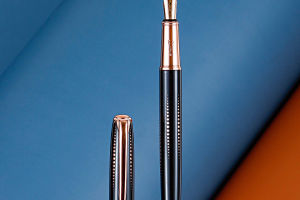High-voltage power lines are conductors used to transmit electrical energy, characterized by carrying relatively high voltages.
These lines are typically employed to transmit electricity over long distances to various destinations such as cities, rural areas, or industrial zones.
Their presence is crucial for our daily lives, yet it requires us to understand their characteristics and potential hazards.
High-voltage power lines are designed to transmit electricity from power plants to various destinations where it is needed. Typically made of highly conductive metals like aluminum or copper, these lines are mounted on specialized supports to keep them elevated and isolated from the ground and surrounding objects, ensuring safe and efficient electricity transmission.
The electric current flowing through these high-voltage lines typically carries very high voltages, often ranging from several thousand to even hundreds of thousands of volts. Such high voltages enable the rapid and efficient transmission of electrical power over long distances. However, this also brings about some potential dangers and challenges.
Firstly, the presence of high-voltage power lines may pose dangers to humans and animals. Contact with high-voltage lines can result in the flow of current through the body, causing severe injuries or even fatal electric shocks. Therefore, prohibiting access to high-voltage lines and ensuring a safe distance is crucial.
Secondly, high-voltage lines may also have impacts on the surrounding environment. For example, the presence of electromagnetic fields may cause interference with nearby electronic devices and even affect human health. Thus, when planning and constructing high-voltage lines, these potential impacts need to be considered, and appropriate measures should be taken to mitigate and prevent them.
Apart from the risks and challenges, high-voltage power lines also bring significant conveniences to our lives. They enable electricity to be delivered to where it is needed, providing the necessary energy for our daily activities and work. From lighting to heating, from industrial production to transportation, electricity plays a vital role, with high-voltage power lines being the key to making it all happen.
Regular inspection and maintenance are essential for the safe and reliable functioning of high-voltage power lines. This involves examining not only the lines but also the supports and insulators to ensure they are free from damage or corrosion and are operating effectively.
Additionally, measures need to be taken to protect high-voltage lines from external factors such as adverse weather conditions or vegetation growth.
In conclusion, high-voltage power lines are an indispensable part of modern society, providing us with the essential electricity that drives our lives and work forward. However, we must also recognize the potential dangers posed by high-voltage lines and take appropriate measures to ensure their safe operation.


